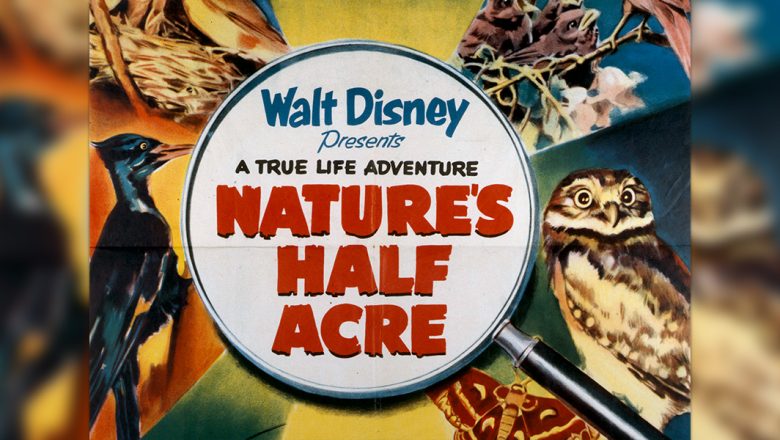Very quickly, here are the power rankings for each animation studio leading up to 1952.
1) Warner Bros. Cartoons
CEO: Fred Quimby
After Clampett left, the WB cartoon studio is down to three directors; Jones, McKimson and Freleng. Bugs still ranks as the #1 cartoon character over Mickey and Popeye, but the Looney Tunes as a whole have become less and less Looney as the Fifties dawned.
2) Walt Disney Productions
Distributor: United Artists
Bongo had its moments, but lacked the charm of Cinderella. Walt's next animated feature Peter Pan will arrive in 1953.
3) Harman-Ising
Distributor: 20th Century-Fox
Tex Avery proved to be the shot-in-the-arm Fox needed to push its cartoon department past Fleischer-Terry and Lantz. A survey of theatre owners found that moviegoers found Little Audrey to be a funnier character than the former Fleischer-Terry Little Lulu series. But as Screwy Squirrel starts to wear thin on exhibitors and audiences, you can expect Casper, Baby Huey and Herman and Katnip to keep Fox's Movietoons engine running.
4) Metro-Goldwyn-Mayer
CEO: Dave Fleischer
With Tex Avery's departure a few years back, MGM is now down to three units; Tom and Jerry, Droopy and Barney Bear.
5) UPA
Distributor: Columbia Pictures
Out of the ashes of Columbia's shuttered Screen Gems studio comes the United Productions of America, or UPA for short. Formed by former Disney artists who had grown frustrated with Walt's push towards realism, the UPA crew hopes their abstract styles can become a game changer for the medium.
6) Fleischer-Terry
Distributor: Paramount Pictures
Once a powerhouse that equaled Disney, the Fleischer-Terry studio has hit the skids in recent years. Budget cuts and layoffs along with the rise of Harman-Ising and UPA have dealt numerous blows to the Miami-based studio during the postwar period. A licensing dispute brought the Little Lulu series to an abrupt end. The screen rights for Superman and Batman have now reverted back to National Comics after more than a decade. The Screen Song series could be on the chopping block next year due to sagging box office numbers. Now, with the exception of the occasional one-shot cartoon, Fleischer-Terry has streamlined its cartoon output with units for Popeye, Mighty Mouse, Heckle and Jeckle and Gandy Goose and Sourpuss.
7) Walter Lantz Productions
Distributor: Universal Pictures
CEO: Walter Lantz
Lantz funded part of Hans Brinker by selling the Oswald the Lucky Rabbit library and character back to Walt Disney. But Hans still turned out to be a box office disaster. Thanks to the resulting layoffs, Lantz is now down to a skeleton crew focused solely on Woody Woodpecker, but Chilly Willy is still on the way.



